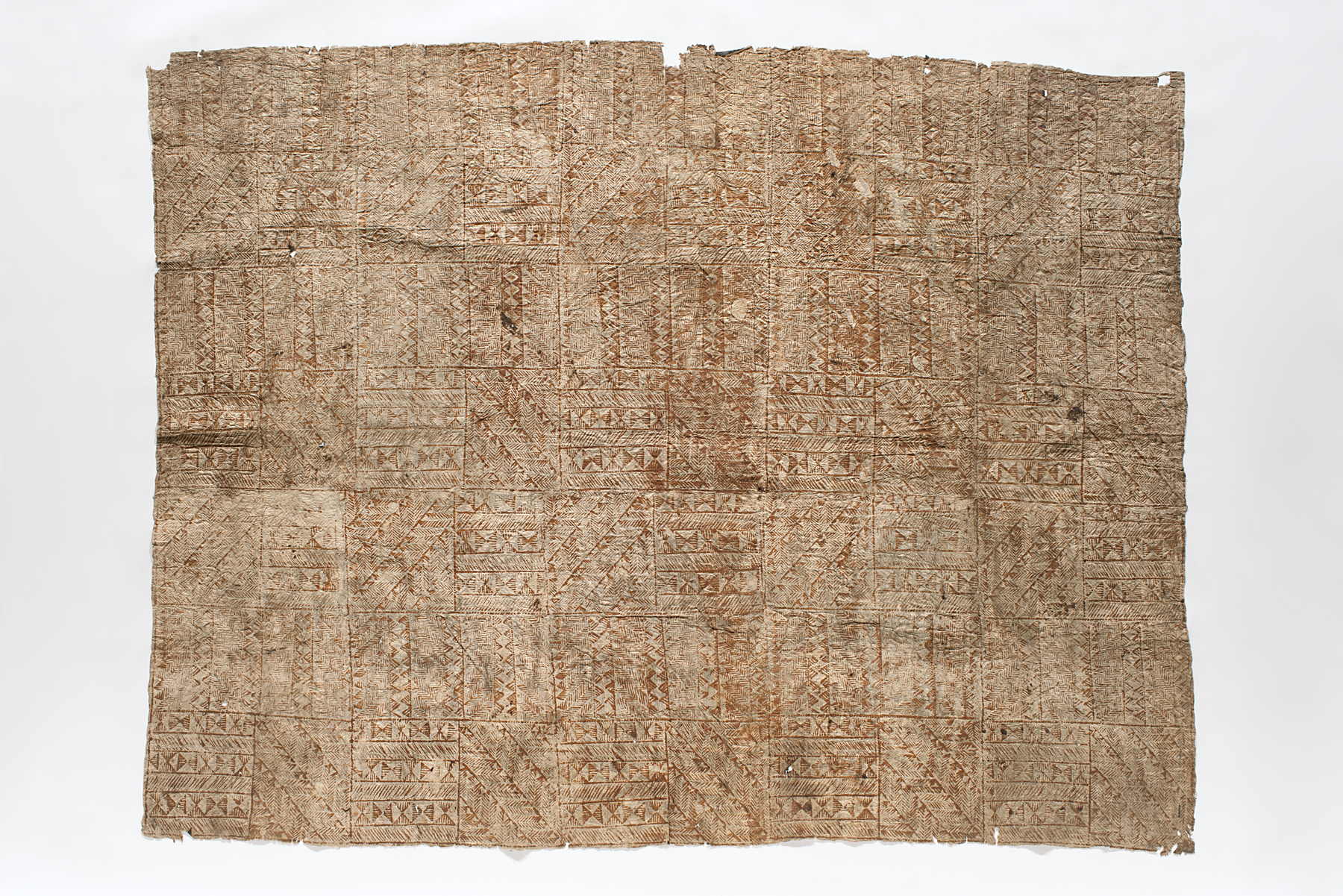siapo (bark cloth), unrecorded Samoan artist
Artwork Overview
unrecorded Samoan artist, artist
siapo (bark cloth),
late 1800s
Where object was made: American Samoa or Samoa
Material/technique: paint; bark; pigment
Dimensions:
Object Length/Width (Length x Width): 209 x 165 cm
Object Length/Width (Length x Width): 64 15/16 x 82 5/16 in
Object Length/Width (Length x Width): 209 x 165 cm
Object Length/Width (Length x Width): 64 15/16 x 82 5/16 in
Credit line: Gift from the Harold Eicholtz Collection
Accession number: 2007.4052
Not on display
If you wish to reproduce this image, please submit an image request


